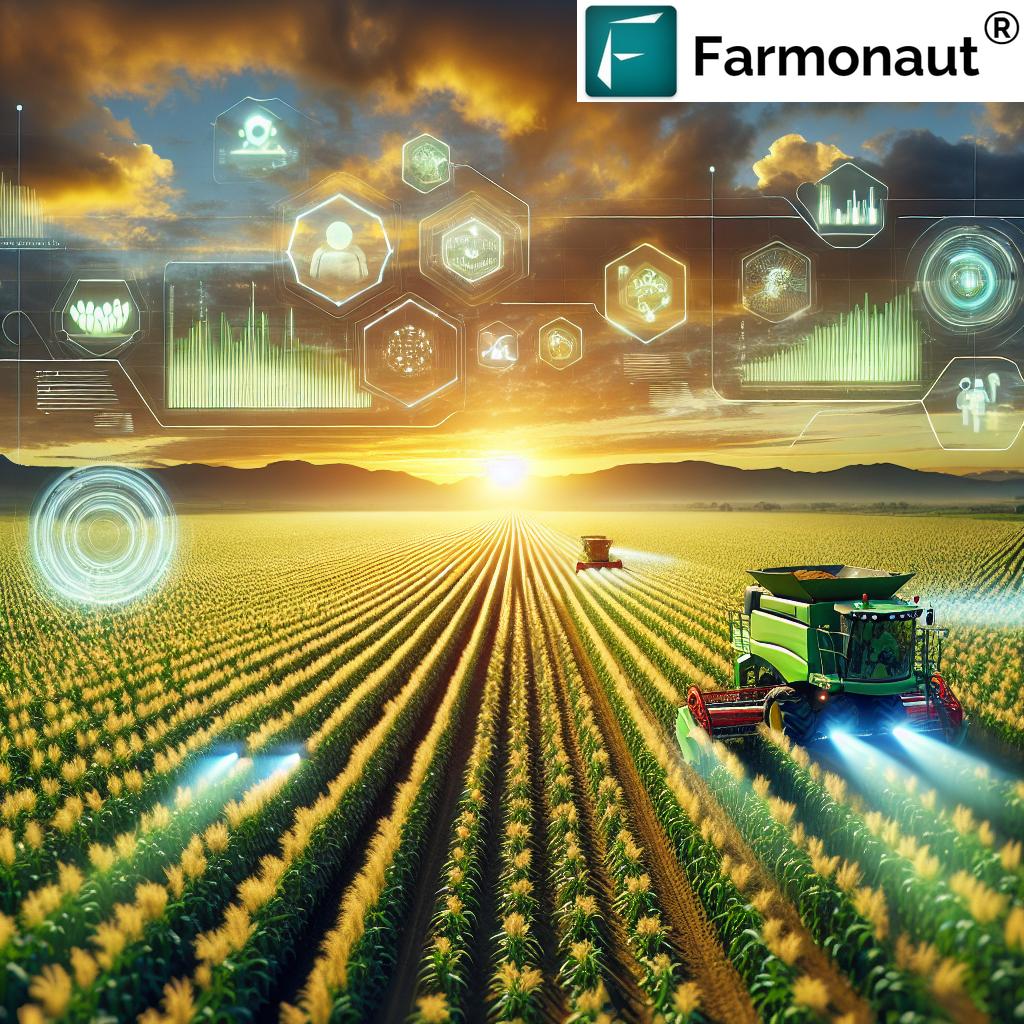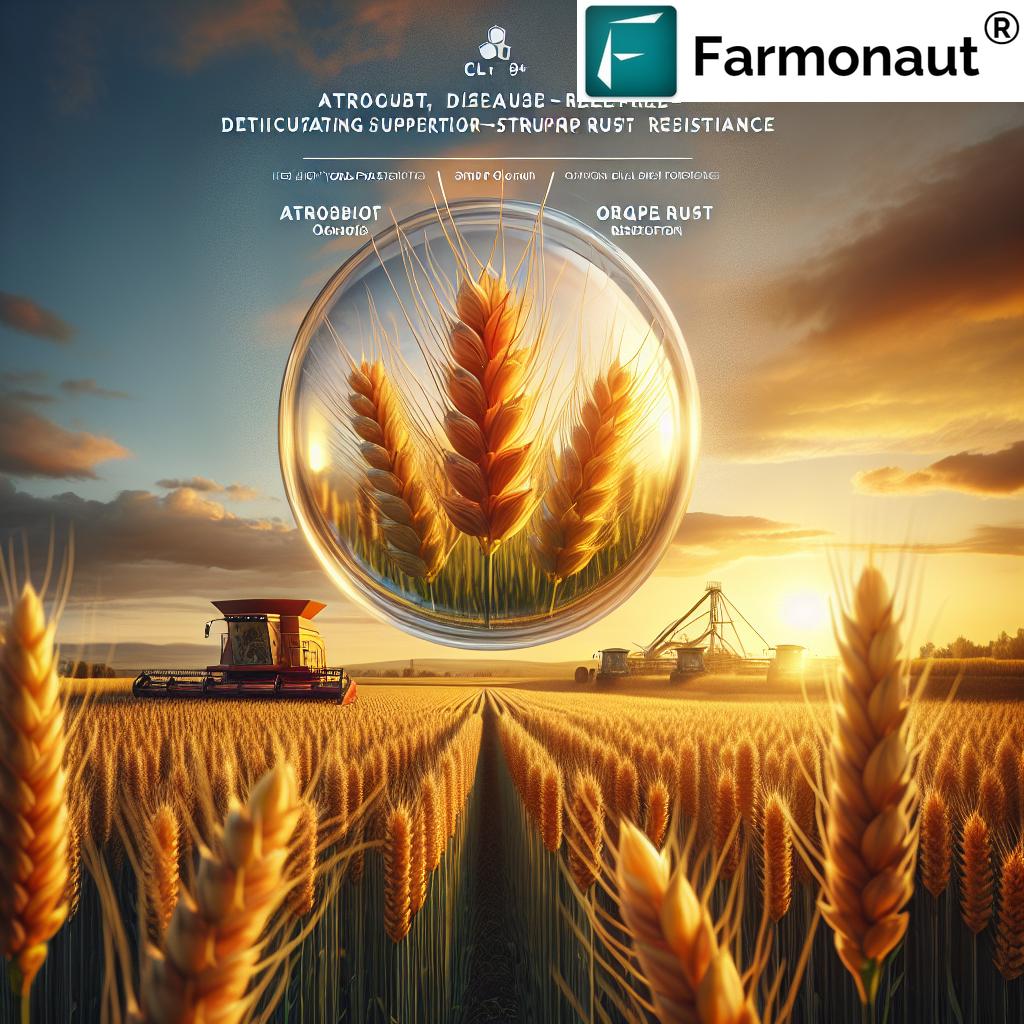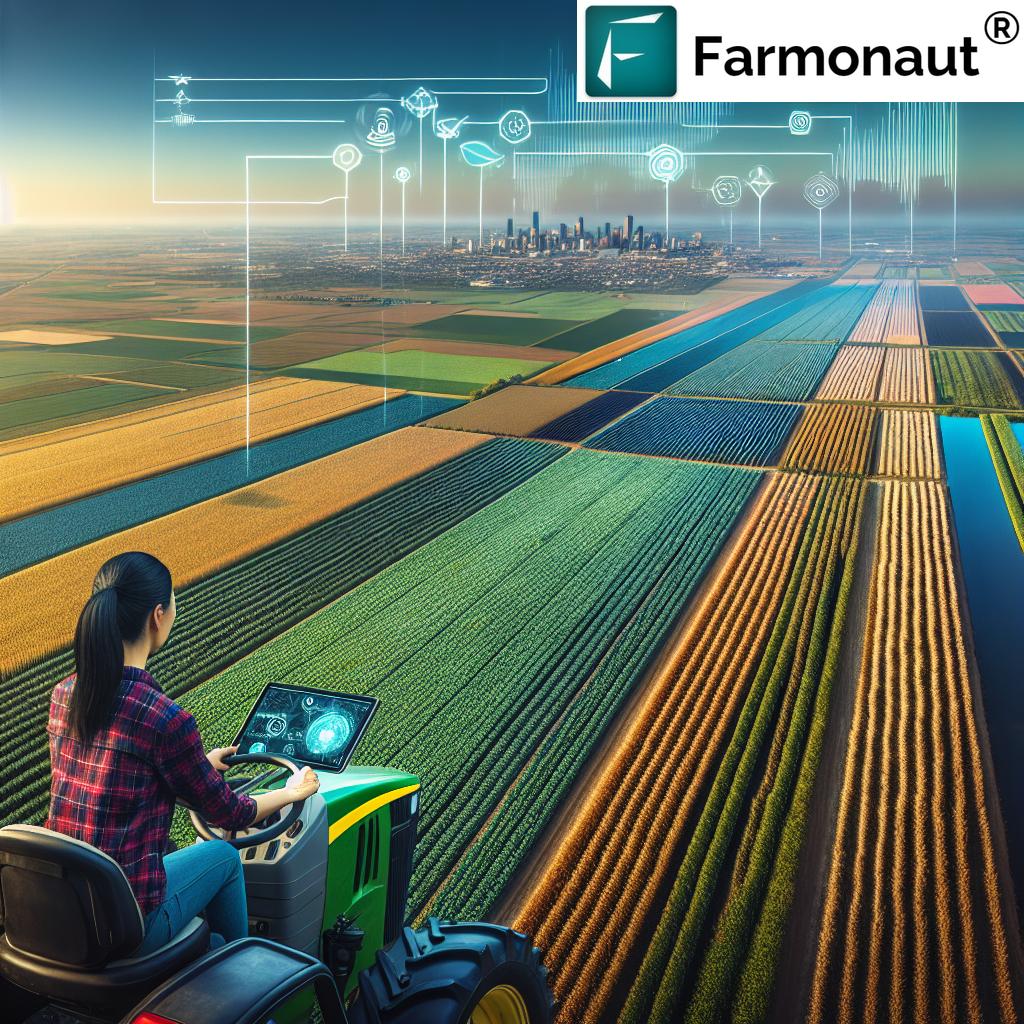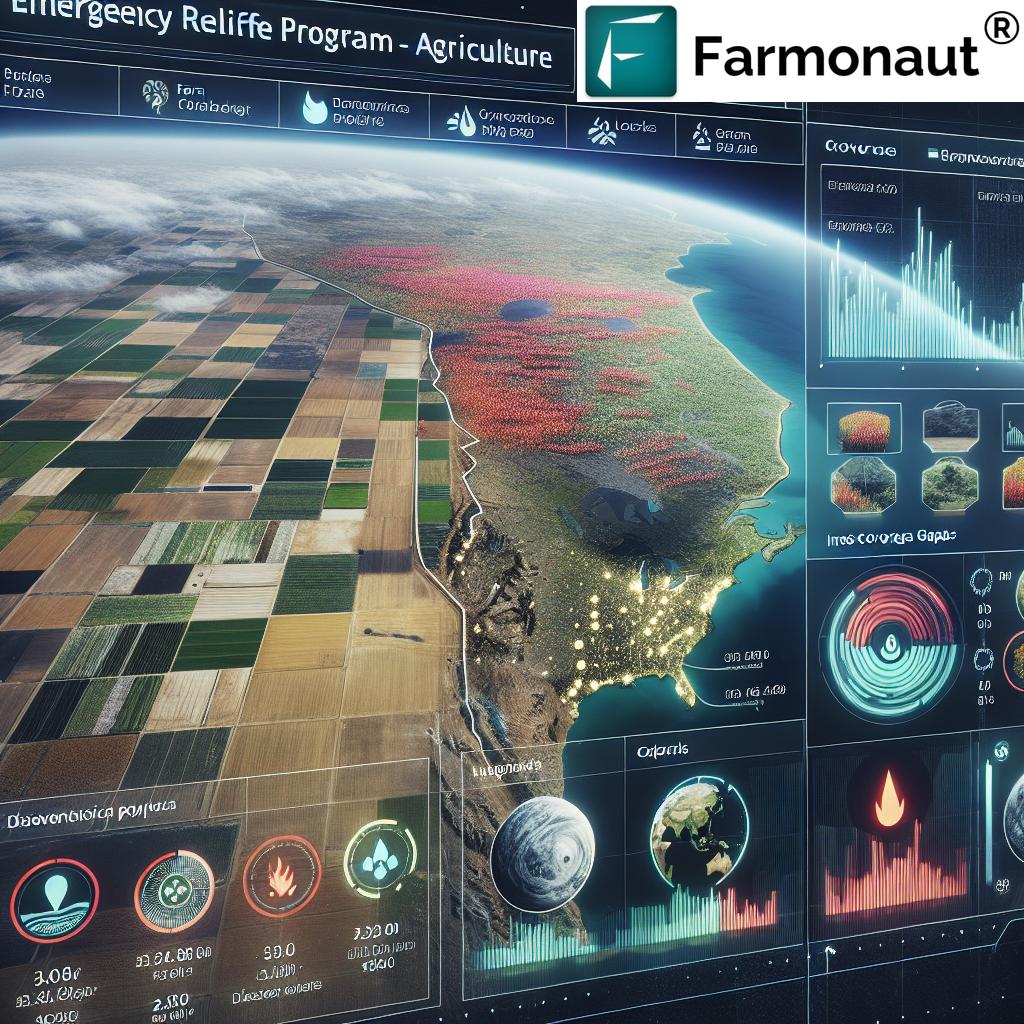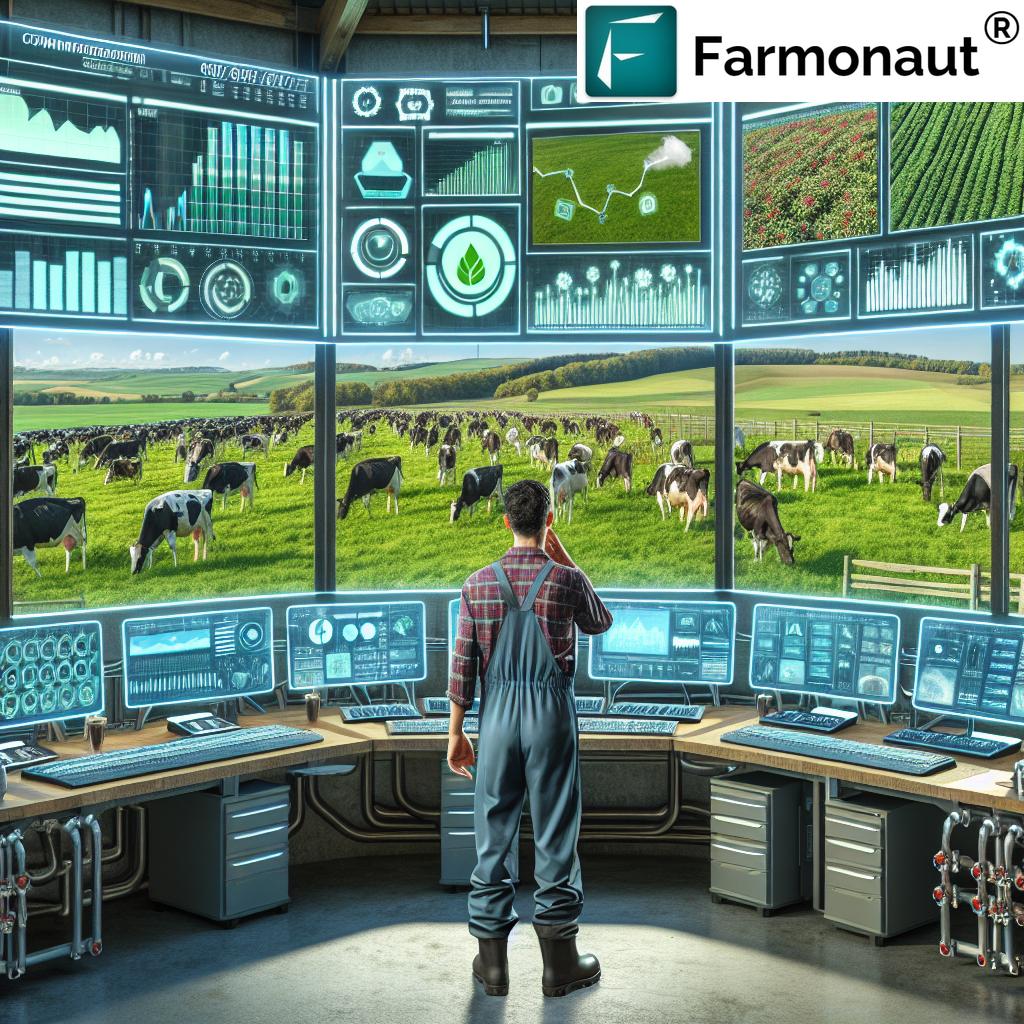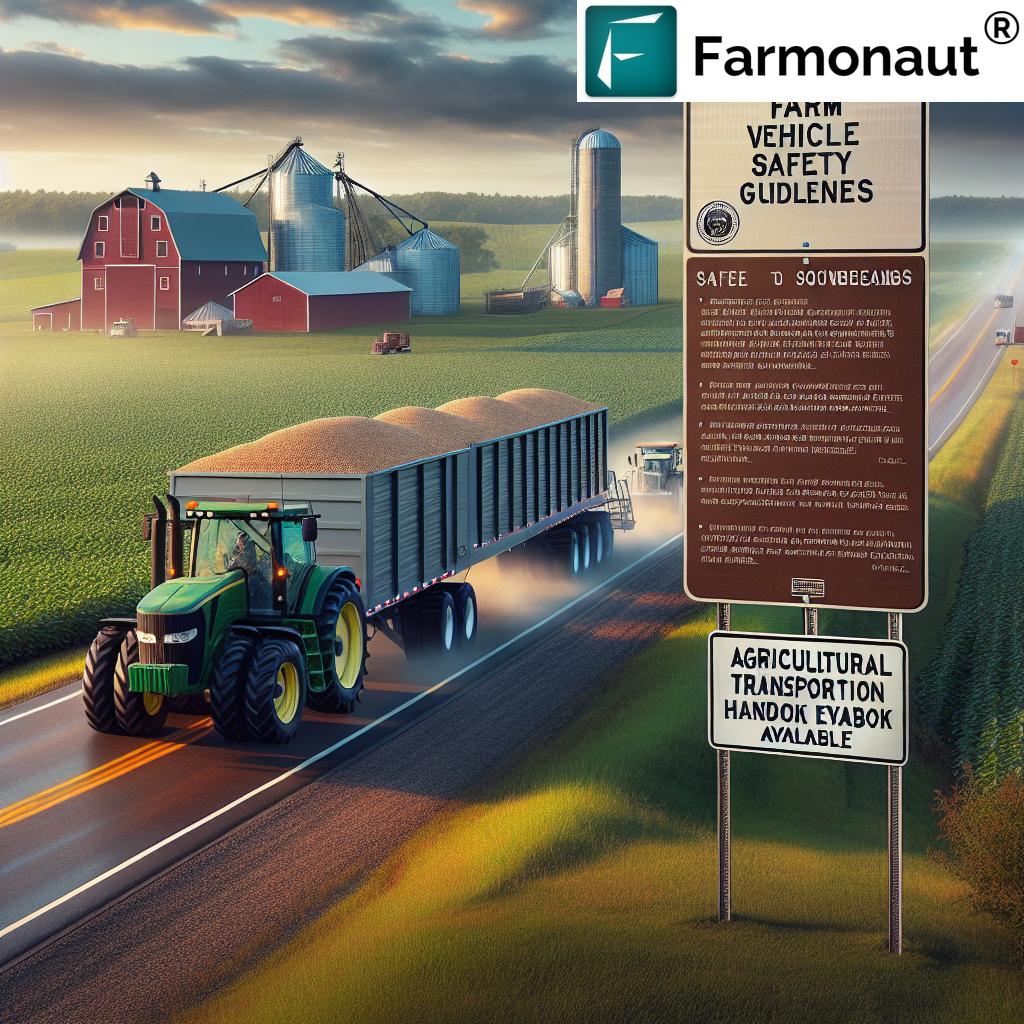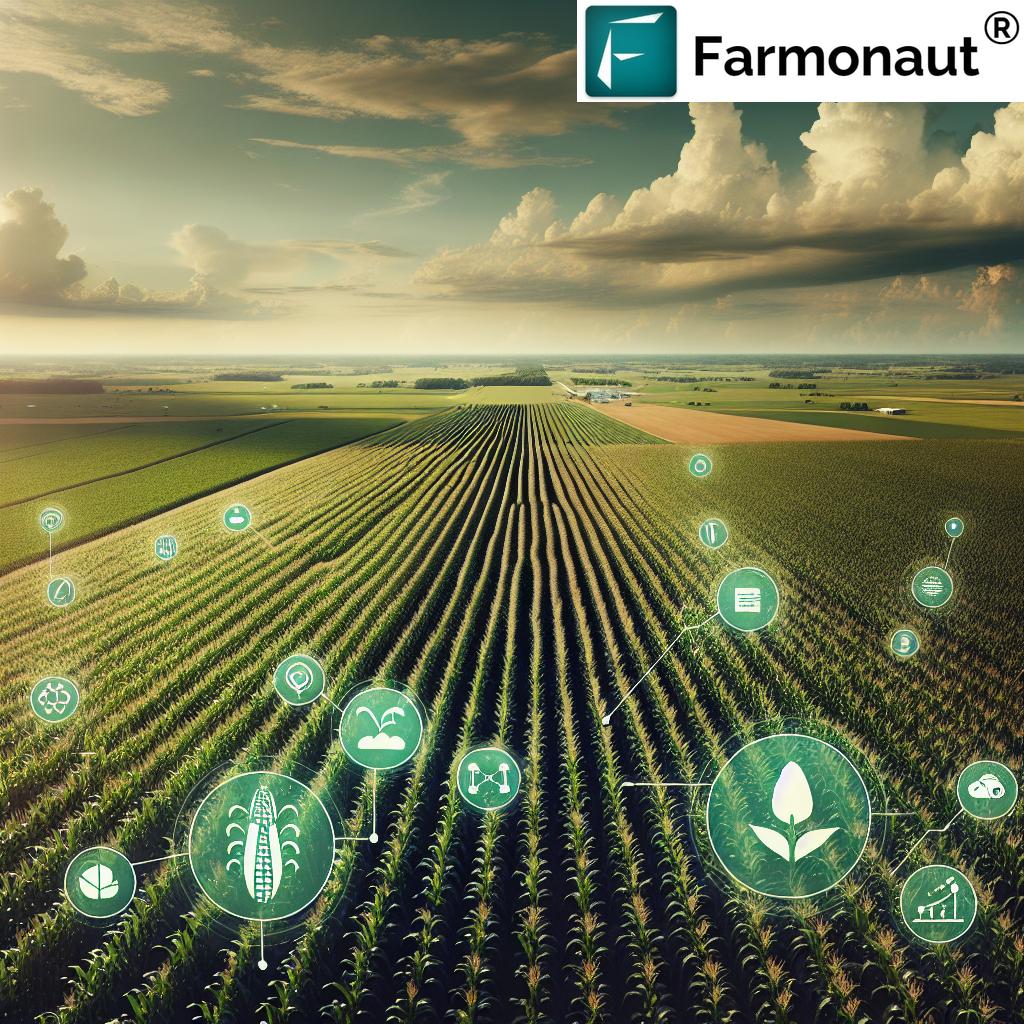Innovative Young Farmers: Shaping Washington’s Agricultural Future on National Ag Day
“On National Ag Day, 25% of Washington’s innovative young farmers introduced new sustainable farming practices.”
As we celebrate National Agriculture Day, we’re excited to shine a spotlight on the vibrant and dynamic agricultural landscape of Washington State. This year’s theme, “Agriculture: Together We Grow,” couldn’t be more fitting as we explore how innovative young farmers are revolutionizing the industry and shaping the future of agriculture in the Evergreen State.

In this comprehensive blog post, we’ll delve into the latest farming news, economic reports, and technological advancements that are driving the agricultural sector forward. From spring planting weather forecasts to government agricultural payments updates, we’ll cover all the crucial information that farmers, ranchers, and agricultural enthusiasts need to know.
The Rising Stars of Washington Agriculture
Washington State has long been known for its diverse agricultural products, from apples and cherries to wheat and potatoes. But today, we’re witnessing a new generation of farmers who are bringing fresh ideas, innovative techniques, and a deep commitment to sustainability to the table.
These young agricultural entrepreneurs are not just carrying on family traditions; they’re reimagining what farming can be in the 21st century. By embracing technology, sustainable practices, and creative marketing strategies, they’re ensuring that Washington remains at the forefront of agricultural innovation.
Spotlight on Washington’s Young Innovators
| Farmer Name | Age | Farm Location | Innovative Practice |
|---|---|---|---|
| Sarah Johnson | 28 | Yakima Valley | Vertical hydroponic fruit orchards |
| Miguel Hernandez | 32 | Skagit Valley | AI-powered precision irrigation systems |
| Emily Chen | 30 | Walla Walla | Regenerative wine grape cultivation |
| Tyler Williams | 26 | Palouse Region | Drone-assisted crop monitoring and analysis |
| Olivia Martinez | 34 | Wenatchee | Blockchain-based apple supply chain tracking |
These young farmers represent just a fraction of the innovative minds shaping Washington’s agricultural future. Their diverse approaches to farming showcase the breadth of possibilities in modern agriculture.
Economic Landscape and Government Support
The agricultural sector plays a crucial role in Washington’s economy, and understanding the current economic landscape is vital for farmers and ranchers. Let’s explore some key economic indicators and government initiatives that are impacting the industry.
Retail Sales and Economic Reports
Recent economic reports have shown promising signs for the agricultural sector. U.S. Retail Sales numbers, released earlier this week, indicate a steady demand for agricultural products. This data, combined with the Business Inventories and Homebuilders Confidence Index, provides valuable insights into the overall economic health of the country and its potential impact on agriculture.
For farmers looking to stay informed on these economic trends, resources like the Farmonaut web app can provide real-time data and analysis to help inform decision-making.

Government Agricultural Payments
Government support remains a critical component of the agricultural ecosystem. Recent updates on agricultural payments have been a topic of much discussion among farmers and policymakers alike. While the full details of the Republican budget are still being negotiated, it’s clear that government payments promised to farmers may face some changes in the coming weeks.
Court judgments have also played a role in shaping these decisions, with some DOGE (Department of Agriculture) decisions being postponed or altered. We’ll continue to track these developments closely and provide updates as they become available.
Spring Planting Weather Forecast
As we approach the crucial spring planting season, weather forecasts become increasingly important for farmers across Washington State. The latest reports indicate a mixed bag of conditions that farmers should be prepared for:
- Warmer than average temperatures expected for March, with potential record highs in northern regions
- Chances of snow in the northern Midwest later this week
- Rainfall predicted for central and southern areas
- Recent damaging winds and tornado warnings have affected some farming regions
These weather patterns underscore the importance of having access to accurate, real-time weather data. Farmers can leverage tools like the Farmonaut Android app or iOS app to stay informed about local weather conditions and make informed decisions about planting and crop management.


Agricultural Innovation and Technology
Innovation is at the heart of Washington’s agricultural renaissance, with young farmers and established operations alike embracing new technologies to improve efficiency, sustainability, and profitability.
Precision Agriculture
Precision agriculture technologies are revolutionizing the way farmers manage their crops. From satellite-based crop monitoring to AI-powered advisory systems, these tools are helping farmers make data-driven decisions that optimize yields and reduce resource waste.
One such tool making waves in the industry is Farmonaut’s satellite-based farm management solution. This innovative platform provides real-time crop health monitoring, AI-based advisory systems, and resource management tools, making precision agriculture more accessible and affordable for farmers of all sizes.
Blockchain in Agriculture
Blockchain technology is another area where Washington’s young farmers are making significant strides. By implementing blockchain-based traceability solutions, farmers are enhancing transparency in their supply chains and building trust with consumers.
For example, Olivia Martinez, a young apple farmer in Wenatchee, has implemented a blockchain-based tracking system that allows consumers to trace their apples from orchard to store shelf. This level of transparency not only differentiates her products in the market but also helps combat fraud and ensure food safety.
Sustainable Farming Practices
Sustainability is a top priority for many of Washington’s young farmers. From regenerative agriculture techniques to innovative water conservation methods, these farmers are finding ways to produce high-quality crops while minimizing their environmental impact.
Emily Chen’s regenerative wine grape cultivation in Walla Walla is a prime example of this trend. By implementing cover cropping, minimal tillage, and integrated pest management, Emily is improving soil health, reducing chemical inputs, and producing exceptional grapes for Washington’s renowned wine industry.
“Agricultural exports from Washington increased by 15% year-over-year, driven by innovative farming techniques.”
Grain Export Sales and Market Conditions
The global market for Washington’s agricultural products remains strong, with recent reports showing promising trends in grain export sales. These sales are a crucial component of the state’s agricultural economy, and understanding market conditions is essential for farmers planning their production strategies.
Export Sales Data
Recent data from the USDA’s Export Sales report indicates a steady demand for Washington’s wheat, barley, and other grain products. This demand is driven by several factors, including:
- Global food security concerns
- Competitive pricing of U.S. grains
- The reputation of Washington’s high-quality agricultural products
Farmers looking to stay informed about export sales and market trends can utilize resources like the Farmonaut API, which provides access to valuable agricultural data and insights.
Market Risks and Opportunities
While the overall outlook for Washington’s agricultural exports is positive, farmers should be aware of potential risks and challenges in the market. These include:
- Fluctuations in global commodity prices
- Changing trade policies and international relations
- Competition from other major agricultural producers
- Potential disruptions due to climate change and extreme weather events
To navigate these challenges, many young farmers are diversifying their crops, exploring value-added products, and leveraging technology to improve their market intelligence and decision-making processes.
Livestock and Dairy Outlook
Washington’s livestock and dairy sectors are also experiencing significant changes, driven by innovative young farmers and evolving market conditions. Let’s explore some key trends and outlooks for these important agricultural segments.
Dairy Innovation
Young dairy farmers in Washington are embracing new technologies and management practices to improve efficiency and sustainability. Some notable innovations include:
- Robotic milking systems that improve animal welfare and increase productivity
- Precision feeding techniques that optimize nutrition and reduce waste
- On-farm processing and direct-to-consumer sales models
These innovations are helping Washington’s dairy farms remain competitive in a challenging market environment.
Sustainable Livestock Production
In the livestock sector, young farmers are focusing on sustainable production methods that meet growing consumer demand for ethically raised meat. Some key trends include:
- Grass-fed and pasture-raised livestock operations
- Implementation of rotational grazing systems to improve soil health
- Use of alternative feed sources to reduce environmental impact
These practices not only appeal to environmentally conscious consumers but also often result in premium prices for farmers.
The Role of Technology in Modern Farming
Technology is playing an increasingly crucial role in Washington’s agricultural sector, with young farmers leading the charge in adoption and innovation. Let’s explore some of the key technologies that are shaping the future of farming in the state.
Satellite-Based Crop Monitoring
Satellite technology is revolutionizing the way farmers monitor and manage their crops. Platforms like Farmonaut provide farmers with real-time data on crop health, soil moisture levels, and other critical metrics. This information allows farmers to make informed decisions about irrigation, fertilizer usage, and pest management, ultimately optimizing crop yields and reducing resource wastage.
AI and Machine Learning in Agriculture
Artificial Intelligence (AI) and machine learning are being applied to various aspects of farming, from crop prediction to pest management. For example, Farmonaut’s Jeevn AI Advisory System delivers real-time insights, weather forecasts, and expert crop management strategies to farmers, helping them make data-driven decisions to improve productivity and efficiency.
Drone Technology
Drones are becoming an essential tool for many Washington farmers. They’re used for a variety of purposes, including:
- Crop mapping and monitoring
- Precision application of pesticides and fertilizers
- Livestock monitoring
- Assessment of crop damage after extreme weather events
Young farmers like Tyler Williams in the Palouse Region are using drone technology in conjunction with data analysis tools to gain unprecedented insights into their farming operations.
Community and Collaboration in Washington Agriculture
One of the most inspiring aspects of Washington’s agricultural renaissance is the spirit of community and collaboration among young farmers. This collaborative approach is not only fostering innovation but also strengthening the resilience of the state’s agricultural sector.
Farmer Networks and Knowledge Sharing
Young farmers across Washington are forming networks and communities to share knowledge, resources, and support. These networks often transcend traditional boundaries, bringing together conventional and organic farmers, large-scale operations and small specialty producers.
For example, the Washington Young Farmers Coalition organizes regular meetups, workshops, and online forums where farmers can exchange ideas, discuss challenges, and collaborate on solutions. This peer-to-peer learning is accelerating the adoption of innovative practices and technologies across the state.
Partnerships with Research Institutions
Many of Washington’s young farmers are forging strong partnerships with research institutions like Washington State University and the USDA Agricultural Research Service. These collaborations are driving innovation in areas such as:
- Climate-resilient crop varieties
- Sustainable pest management techniques
- Water-efficient irrigation systems
- Soil health improvement strategies
By bridging the gap between academic research and on-farm application, these partnerships are helping to solve real-world agricultural challenges and drive the industry forward.
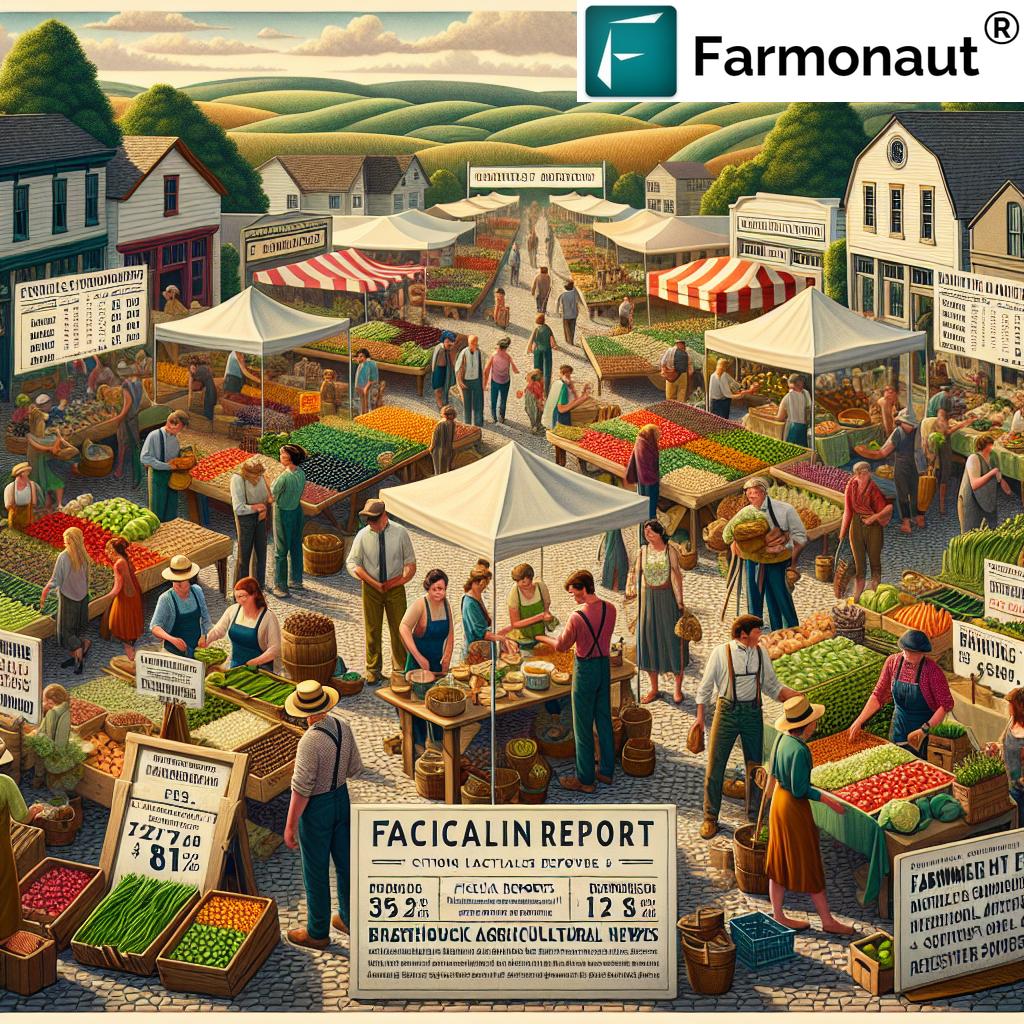
The Future of Washington Agriculture
As we celebrate National Agriculture Day, it’s clear that the future of Washington’s agricultural sector is bright, thanks in large part to the innovative spirit and dedication of its young farmers. These agricultural entrepreneurs are not just preserving the state’s rich farming heritage; they’re reinventing it for the 21st century.
By embracing technology, prioritizing sustainability, and fostering collaboration, Washington’s young farmers are ensuring that the state remains a leader in agricultural innovation and production. Their efforts are not only boosting the local economy but also contributing to global food security and environmental sustainability.
Challenges and Opportunities Ahead
While the outlook is positive, Washington’s agricultural sector still faces significant challenges, including:
- Climate change and increasing weather variability
- Water scarcity in some regions
- Labor shortages and immigration policy uncertainties
- Evolving consumer preferences and market demands
However, the innovative approaches and resilience demonstrated by the state’s young farmers suggest that they are well-equipped to tackle these challenges head-on. By continuing to leverage technology, embrace sustainable practices, and foster collaboration, Washington’s agricultural community is poised to turn these challenges into opportunities for growth and innovation.
Conclusion: A Bright Future for Washington Agriculture
As we conclude our celebration of National Agriculture Day, it’s clear that Washington’s agricultural future is in capable hands. The innovative young farmers we’ve highlighted today are just a small sample of the talent and passion driving the industry forward.
From precision agriculture and sustainable practices to community collaboration and technological innovation, these young agricultural entrepreneurs are shaping a future where farming is not just productive but also sustainable, tech-savvy, and deeply connected to the communities it serves.
As we look ahead, let’s continue to support and celebrate the contributions of these young farmers. Their dedication, creativity, and innovative spirit are not just shaping Washington’s agricultural future – they’re helping to ensure a sustainable and food-secure future for us all.
Frequently Asked Questions (FAQ)
- What is National Agriculture Day?
National Agriculture Day is an annual celebration that recognizes and celebrates the abundance provided by agriculture. It aims to increase public awareness about agriculture’s vital role in our society. - How are young farmers in Washington innovating in agriculture?
Young farmers in Washington are innovating through various means, including adopting precision agriculture technologies, implementing sustainable farming practices, using AI and machine learning for crop management, and leveraging blockchain for supply chain transparency. - What role does technology play in modern farming in Washington?
Technology plays a crucial role in modern farming in Washington. This includes the use of satellite-based crop monitoring, AI-powered advisory systems, drone technology for crop assessment, and precision agriculture tools for resource optimization. - How are young farmers addressing sustainability in agriculture?
Young farmers are addressing sustainability through practices such as regenerative agriculture, water conservation techniques, precision farming to reduce resource waste, and adopting renewable energy sources on their farms. - What are some challenges facing Washington’s agricultural sector?
Some challenges include climate change impacts, water scarcity in certain regions, labor shortages, evolving consumer preferences, and the need to balance productivity with environmental stewardship.
Earn With Farmonaut
Earn 20% recurring commission with Farmonaut’s affiliate program by sharing your promo code and helping farmers save 10%. Onboard 10 Elite farmers monthly to earn a minimum of $148,000 annually—start now and grow your income!
Farmonaut Subscriptions


